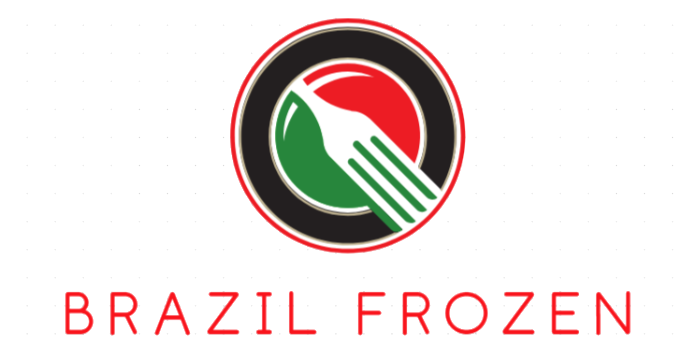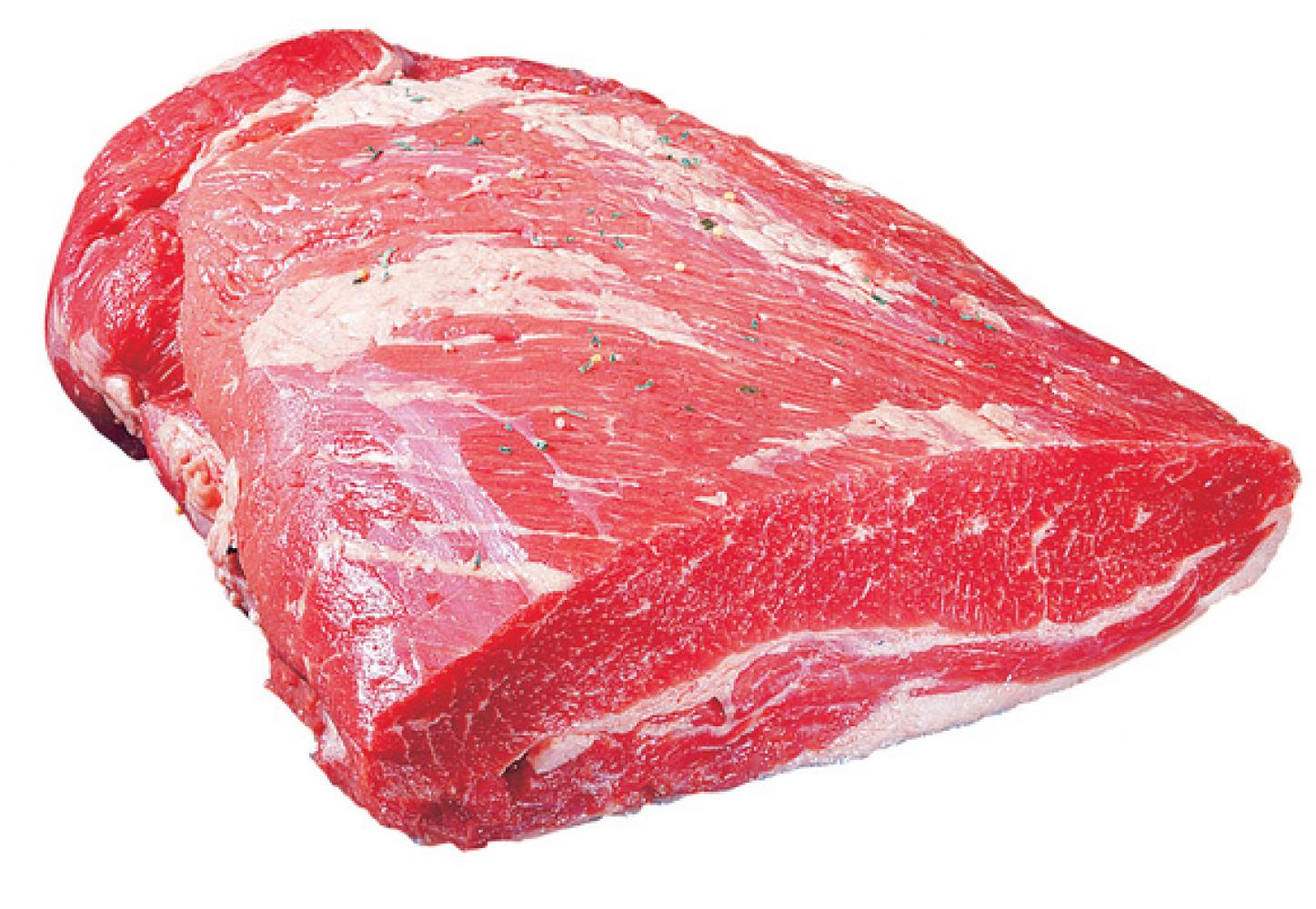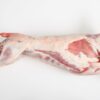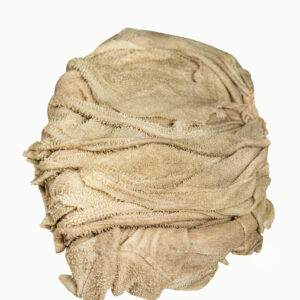FROZEN BEEF BRISKET
From Freezer to Feast: Mastering the Art of Cooking Frozen Beef Brisket
Beef brisket, that glorious cut of meat known for its rich flavor and melt-in-your-mouth texture, is a barbecue staple. But what happens when you crave that smoky goodness and all you have is a frozen brisket in the deep freeze? Fear not! Cooking a frozen brisket is entirely achievable, though it requires a bit of planning and a modified approach compared to cooking a thawed one.
Life happens. Sometimes you stumble upon an amazing deal on brisket, only to end up freezing it for future use. Other times, you simply forget to thaw it in time for your weekend cookout. Whatever the reason, knowing how to tackle a frozen brisket can be a lifesaver. While not ideal, cooking from frozen is a viable option and can still result in a delicious brisket if done right.
The Challenges of Cooking Frozen Brisket:
Before we dive into the how-to, let’s acknowledge the hurdles we face:
Longer Cooking Time: Expect a significantly longer cooking time compared to a thawed brisket. The initial hours will be spent simply raising the internal temperature to thawing point.
Uneven Cooking: The outer layers of the brisket will cook faster than the inner layers, potentially leading to a dry exterior if not managed correctly.
Rub Adhesion: The rub may not adhere as well to a frozen surface, requiring modification to the application process.
The Frozen Brisket Battle Plan:
Now, let’s equip ourselves with the knowledge and techniques to conquer these challenges.
1. Preparation is Key:
Inspect the Brisket: Check for freezer burn. If there’s minimal freezer burn, you can proceed. If it’s extensive, it might be best to use the brisket for other dishes like stews or chili.
Trim (Optional): Trimming a frozen brisket can be difficult and potentially dangerous. If possible, trim before freezing. If you must trim, use a sharp, sturdy knife and exercise extreme caution.
Apply the Rub, Strategically: Instead of a dry rub, consider using a marinade or a wet rub with a binder like mustard or Worcestershire sauce. These will cling to the frozen surface better. You can also apply a dry rub after the initial thawing on the smoker (more on this later).
2. The Cooking Process (Low and Slow, Naturally):
The Smoker Setup: Aim for a consistent temperature of 225-250°F (107-121°C). Use your preferred fuel source – wood, charcoal, pellets – and ensure a stable heat source.
Patience is a Virtue: Place the frozen brisket directly on the smoker grate. Resist the urge to crank up the heat. Low and slow is crucial for even cooking.
Monitor the Temperature: Use a reliable meat thermometer to track the internal temperature. The “stall” (where the temperature plateaus) will be more pronounced and last longer.
The Wrap (Texas Crutch): Once the brisket reaches around 150-160°F (66-71°C), it’s time to wrap it. This helps retain moisture and speed up the cooking process. Use butcher paper or aluminum foil. Add a touch of beef broth or rendered fat for extra flavor and moisture.
Continue Cooking: Place the wrapped brisket back on the smoker.
The Final Stretch: Cook until the brisket reaches an internal temperature of 200-205°F (93-96°C) and feels probe-tender (like inserting a knife into warm butter).
Rest is Best: Allow the brisket to rest, still wrapped, in a cooler or insulated container for at least 2-4 hours. This crucial step allows the juices to redistribute, resulting in a more tender and flavorful brisket.
3. Tips and Tricks for Success:
Embrace the Spray Bottle: Periodically spritz the brisket with apple cider vinegar, beef broth, or water to keep the surface moist and prevent it from drying out.
Don’t Peek! Resist the temptation to open the smoker frequently. Each time you open it, you lose heat and prolong the cooking time.
Learn from Experience: Cooking a frozen brisket is a learning experience. Take notes on your process – temperature, time, and results – so you can fine-tune your technique for next time.
Is it as Good as Thawed?
While a frozen beef brisket won’t be exactly the same as a perfectly thawed and cooked brisket, it can still be incredibly delicious. The key is to manage the added cooking time, retain moisture, and allow for a proper rest.
Beyond the Smoker:
While smoking is the traditional method for cooking brisket, you can also try these methods:
Oven: Follow the same temperature guidelines as the smoker. Place the brisket on a roasting rack and add a pan of water to the bottom of the oven to create moisture.
Slow Cooker: This method requires adding liquid to the brisket, making it more of a braised dish than a smoked one.
In Conclusion:
Cooking a frozen beef brisket requires patience, adjustments to your technique, and a willingness to learn. But with the right approach, you can transform a frozen hunk of meat into a culinary masterpiece. So, don’t let a frozen brisk
Be the first to review “FROZEN BEEF BRISKET” Cancel reply
Related products
Frozen Beef
Frozen Beef
Frozen Beef
Frozen Beef
Frozen Beef
Frozen Beef
Frozen Beef
Frozen Beef












Reviews
There are no reviews yet.